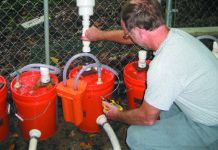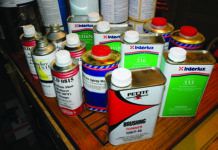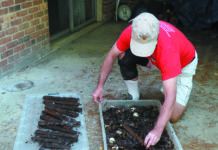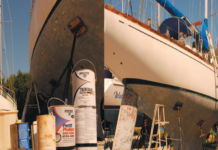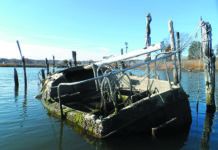Revisiting Odor & Tank Treatments
Sodium percarbonate (Na2H3CO6 ) is a hydrate formed between sodium carbonate and hydrogen peroxide, and is more properly written 2 Na2CO3 + 3 H2O2...
Substitutes for Just in Case
We get a lot of chemistry questions, and a common thread lately seems to be the use of replacement solvents and green alternatives. While...
Products and Tips to Stop Wood Rot
Wood has lot going for it. It is strong and stiff per unit weight, easy to work with, attractive, and economical. Teak decks provide...
Digital Diagnostic Tools
In addition to a considerable inventory of tools, materials, parts, and old test inventory, we’ve collected a variety of laboratory and field testing equipment....
Even 2020 Yielded Some Great Gear
Once more, the bulk of the past year’s testing focused on maintenance products, safety essentials, and do-it-yourself substitutes for higher priced marine gear. Part...
Making Sailing Affordable
Every sailboat occasionally needs to leave the water. Sometimes it’s more of an emergency room visit, caused by a grounding, collision or rigging failure....
Epoxy Barrier Coat Update
There’s more than a little irony in the need to keep a fiberglass boat away from water. The reason revolves around chemistry and the...
Boat Disposal Options
Once upon a time, old wooden boats had the good sense to rot away. Not that I’m anti-wooden boat—there are some lovely examples in...
Mailport: Alexseal Topside Paint
Caution Aloft
Regarding your recent “PS Advisor” on going aloft (see PS July 2020, “Simple Tricks on Going Aloft”), I don’t go aloft without a...
Step-by-Step Deck Core Repair
Last month we looked at the effectiveness of injecting resin to repair damaged core sections (see “Can Glue Injection Fix Rotten Core,” PS July...




































